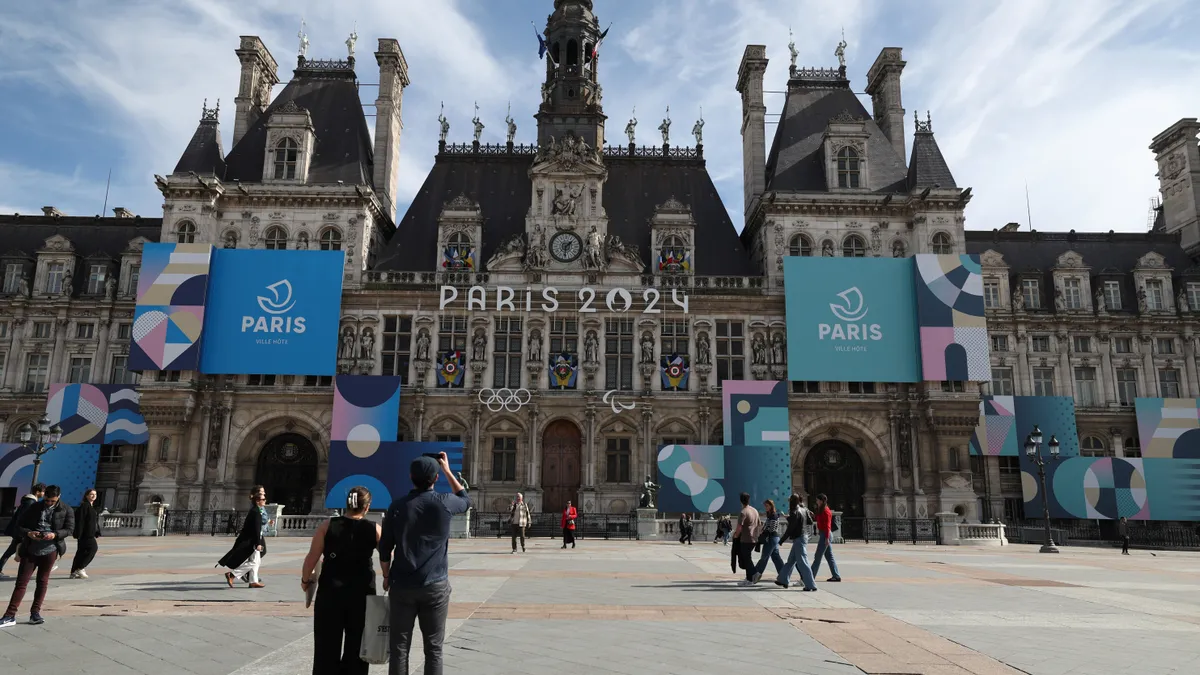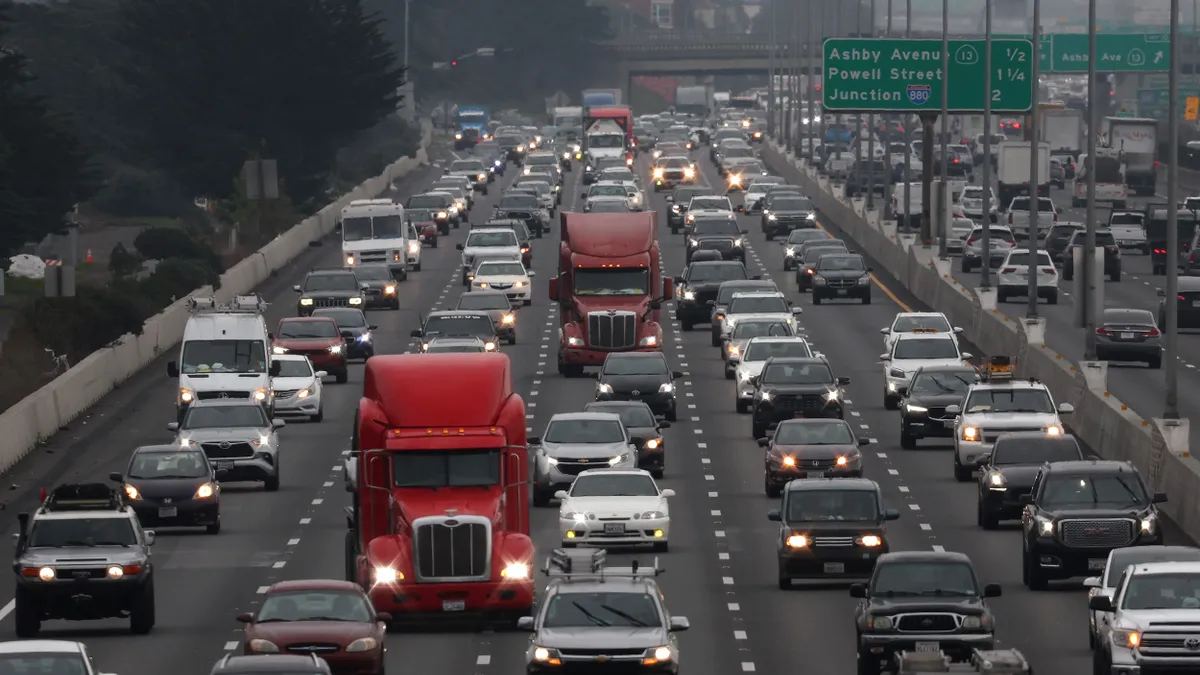Over the coming weeks, Paris will have to accommodate about 15 million visitors and 10,500 athletes while some 500,000 commuters will try to get to work and spectators will head to Olympic venues.
Paris began planning for the event in 2017, expanding two metro lines and a commuter rail line, designating 115 miles (185 kilometers) of roads and lanes exclusively for athletes, taxis, public transit vehicles and some accredited people and creating 34 miles of bicycle routes. Los Angeles, which will host the next Summer Olympics in 2028, is watching Paris carefully to see how to best move an influx of people just four years from now.
Los Angeles Mayor Karen Bass is in Paris as part of the official U.S. delegation to the Olympic Games. Los Angeles County Metropolitan Transportation Authority Chief Executive Officer Stephanie Wiggins will attend the Games as well, along with two LA County supervisors who sit on the agency’s board.
“Metro will be focusing on bus, rail and bike operations, system safety and security, customer experience, strategic innovation and more to observe the ways in which Paris will move Olympics-goers from venue to venue,” an LA Metro spokesperson said in an email to Smart Cities Dive. “It is an opportunity to gain first-hand experience of what a mega-event like the Games is like.”
In 2018, LA Metro laid out a 10-year strategic plan for the area’s highway, rail and bus network to be ready for the 2028 Olympic Games. The original plan included projects already slated for completion by 2028 along with others that could be accelerated to be completed in that timeframe, according to the LA Metro spokesperson. But in March of this year, the agency’s board of directors updated the project list, replacing projects that couldn’t meet the deadline with those that align with LA Metro’s plan to enhance mobility for the Olympics and beyond.
“[Such planning] can be useful, as long as cities think about it as a way to accelerate things that first make sense for their cities beyond the Olympics,” said Marlon Boarnet, a University of Southern California professor and director of the METRANS Transportation Research Consortium.
Much like Paris, where Olympic venues are spread widely across the Ile-de-France region, Olympic venues in Los Angeles range widely from downtown LA to Long Beach, California, about 25 miles south of downtown, and Temecula, California, 85 miles away. Boarnet said that’s similar to the last time LA hosted the Summer Olympics in 1984. While there was concern about traffic congestion, he said things went smoothly. Los Angeles encouraged people to shift their commuting schedules and avoid the most congested areas, he said. With remote work and clear communication with residents, he expects few problems in 2028.
Some major projects have already been completed in LA. Renovations to the light-rail A line from downtown LA to Long Beach took place in 2019, a bus rapid transit line in the San Gabriel Valley was enhanced in 2020 for better connectivity and reliability and various pedestrian and bicycle projects in the Little Tokyo and Arts District neighborhoods of downtown LA were finished last year.
Other planned pedestrian and bicycle improvement projects include mobility hubs in the San Fernando Valley, a bike path along the Los Angeles River and additional bus rapid transit lines, according to LA Metro. The agency’s rail lines operate 109 miles of service, while its bus routes cover nearly 1,500 square miles, the spokesperson said. The agency has identified mobility hubs near Olympic venues that will allow spectators and workers to take buses where they need to go, Metro said.
Los Angeles will get plenty of practice hosting large events between now and 2028. It will host FIFA World Cup matches in 2026 and the Super Bowl in 2027.
“With just four years to go before the Games, Metro has an opportunity to revisit what has been planned and what’s needed,” the spokesperson said. “In doing so, the outcome for Los Angeles County will be a more livable, successful, and equitable region, with projects and programs that will benefit Los Angeles County for generations.”




















